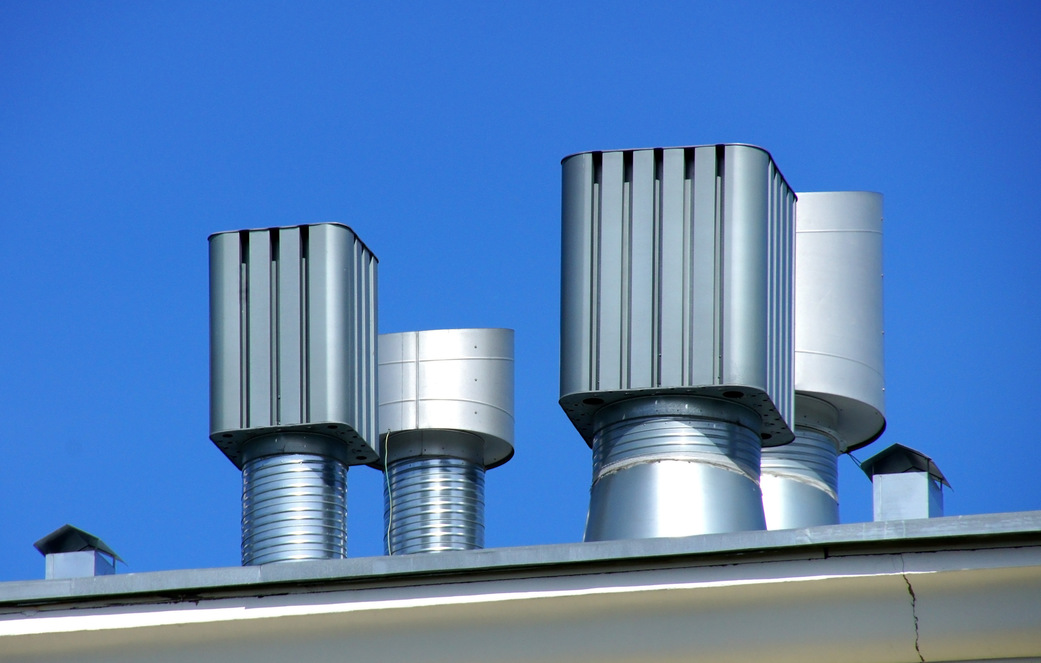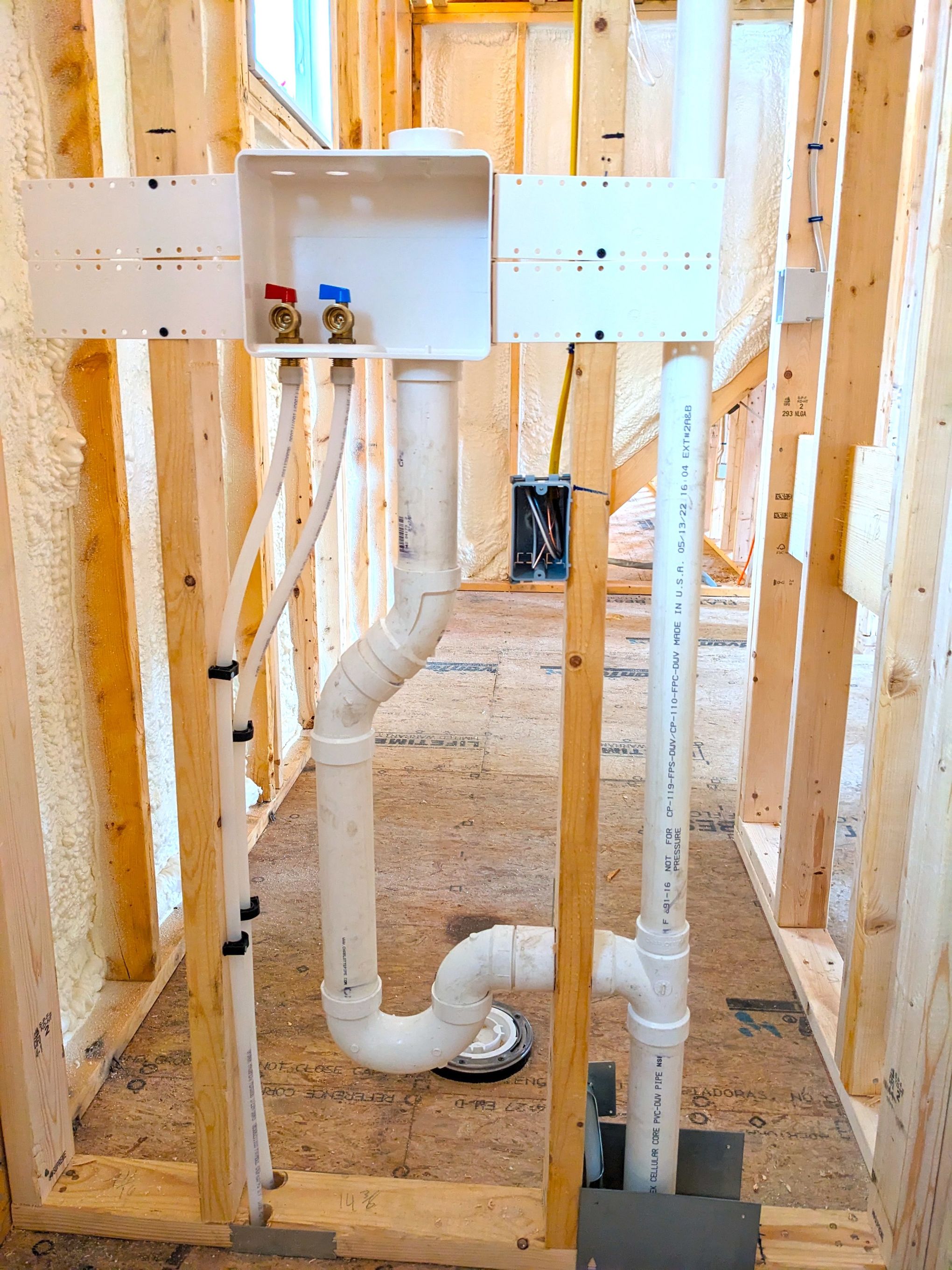They are making a number of good points regarding What Is A Plumbing Vent & How Do They Work? as a whole in this article following next.

Proper air flow in pipes systems is frequently neglected, yet it is vital for preserving the functionality and security of your home's plumbing. Air flow helps control air pressure, protect against the buildup of dangerous gases, and make sure the efficient elimination of waste. In this guide, we will certainly discover the relevance of proper pipes ventilation, just how it works, and the advantages it offers your plumbing system.
Just How Ventilation Works in Plumbing Solutions
Atmospheric Pressure Guideline
Appropriate air flow preserves balanced atmospheric pressure within the plumbing system. When water moves through pipelines, it displaces air. Without adequate ventilation, this variation can create negative stress, resulting in reduce drains pipes or siphoning of water from catches, which can trigger unpleasant odors to permeate into the home.
Preventing Sewer Gas Buildup
Among the most important functions of plumbing vents is to prevent sewage system gases, such as methane and hydrogen sulfide, from gathering within the home. These gases can position significant health and wellness threats and are highly flammable. Vent pipelines allow these gases to leave safely outdoors.
Aiding in Waste Elimination
Air flow assists in the effective removal of wastewater by stopping airlocks in the water drainage system. When air can move openly via the vents, it enables water and waste to move smoothly via the pipes, decreasing the risk of clogs and backups.
Advantages of Appropriate Air Flow
Improved System Performance
Correctly aerated pipes systems run much more effectively, with less blockages, faster draining, and much less pressure on the pipelines. This performance prolongs the lifespan of the plumbing system.
Improved Air High Quality
By avoiding sewer gases from entering your home, appropriate ventilation adds to far better interior air top quality, making your living atmosphere healthier and more comfortable.
Protecting Against Water Damage
Sufficient air flow aids protect against water from being siphoned out of catches, which can bring about sewage system gases getting in the home and creating water damages with time.
Actions to Make Certain Appropriate Air Flow
Consulting Pipes Codes
Constantly seek advice from neighborhood pipes codes when creating or customizing your pipes system. These codes supply the required guidelines for correct venting and guarantee your system fulfills safety and security standards.
Regular Evaluation and Upkeep
Routine evaluations can aid recognize possible air flow concerns prior to they end up being major problems. Upkeep tasks, such as cleaning air vent pipelines and checking for clogs, are crucial for maintaining the system in good working order.
Professional Installation
For brand-new installments or major modifications, it's important to employ a professional plumbing technician. They have the experience to make sure the ventilation system is appropriately designed and installed according to code.
Comprehending Air Flow in Plumbing
Ventilation in plumbing describes the network of pipelines that permit air to move through the water drainage system. These vents offer several purposes, including managing atmospheric pressure within the pipes, avoiding sewer gases from entering the home, and helping in the smooth flow of wastewater.
Kinds Of Pipes Vents
Key Heap Vent
The main pile air vent, additionally referred to as the vent stack, is the key vent in a pipes system. It expands from the main drain line up through the roofing system, permitting gases to run away and fresh air to get in the system.
Branch Vent
Branch vents attach to the primary pile air vent and serve individual fixtures, such as sinks, bathrooms, and showers. These vents guarantee that each component has appropriate ventilation to operate effectively.
Air Admission Valve (AAV).
An Air Admission Valve (AAV) is a one-way shutoff that allows air to enter the plumbing system without the requirement for a traditional vent pipe extending through the roof. AAVs are typically made use of in renovations or areas where setting up a typical air vent is unwise.
Indications of Poor Ventilation in Plumbing.
Slow Draining Fixtures.
If your sinks, bathtubs, or bathrooms are draining gradually, it could be a sign of poor air flow. Inadequate air circulation can create a vacuum cleaner effect, making it difficult for water to drain properly.
Gurgling Seems.
Gurgling noises coming from drains are usually a result of air being drawn via water traps because of unfavorable pressure in the pipelines. This is a clear indication of insufficient ventilation.
Undesirable Odors.
Sewage system smells inside your home are a warning that your plumbing system is not effectively aerated. This could mean that drain gases are not being properly vented outside, causing potentially dangerous conditions.
Usual Ventilation Mistakes.
Poor Vent Sizing.
Making use of small vent pipes can lead to bad air circulation and stress discrepancies in the system. It's necessary to use vents that meet the details demands of your plumbing system.
Improper Vent Positioning.
Putting vents also far from the components they serve can decrease their effectiveness. Proper positioning guarantees that air can move openly and effectively through the system.
Ignoring Code Needs.
Building codes supply particular standards for plumbing air flow. Ignoring these codes can result in a system that fails to work properly and may cause pricey repairs or health hazards.
Verdict.
Correct air flow is a critical part of any type of pipes system, guaranteeing that it works effectively and safely. By understanding the relevance of ventilation, recognizing the signs of inadequate ventilation, and taking steps to maintain your system, you can avoid expensive issues and safeguard your home's air high quality.
4 Things You Should Know About Your Plumbing Vents
What Plumbing Vents Are
Also called a vent stack, a plumbing vent is a vertical pipe attached to your drain line that runs through your roof. The plumbing vent pipe, or plumbing air vent, removes gas and odors from your plumbing system and allows fresh air to enter the pipes, helping the water to flow out of the drain pipes.
What Plumbing Vents Do
Plumbing vents have two basic functions. One of which is to allow unpleasant smelling wastewater and sewer gasses to escape your plumbing system instead of entering your home. Plumbing vent pipes are typically located on roofs, away from windows, to ensure the fumes exit the home completely.
The other function of the plumbing vent is to move fresh air into your plumbing system. This helps move water through every plumbing fixture in your house, like toilets and sink drains. Think of the way in which you need to let a little air into the bottle as you pour soda in order to make the drink flow smoothly.
Different Types of Plumbing Vents
True vent: This is the most common vent option. In simplest terms, a true vent is a vertical pipe attached to your drain line that exits through the roof. They often function as the main vent that other fixtures can connect to. Re-vent pipe or auxiliary vent: Attached to the drain line near specific plumbing fixtures, re-vent pipes run up and over to connect to the main vent. Common vent: Two plumbing fixtures installed on opposite sides of a wall are typically tied into the vent stack using something known as a sanitary cross. Wet vent: This venting option operates as a drain pipe and a vent at the same time. Wet vent drainage systems drain water from one fixture while venting the air from another. Although they’ve been used for over 100 years, wet vent systems have only recently been added to the plumbing code in many areas. If you’re planning on installing one in a bathroom remodel, make sure you check your local code prior to construction. Loop vent: For free-standing fixtures like kitchen island sinks, loop vents are ideal. These vent pipes run under the floor, rise from the P-trap, and create a loop inside the cabinet sink. Air admittance valve: An AAV is a one-way mechanical valve typically installed at the site of the plumbing fixture. AAVs allow venting to occur without having to tie into a larger venting system. They’re ideal for venting fixtures where you aren’t able to easily connect to an existing vent system. Common Plumbing Vent Issues
Although vent pipes typically don’t have water flowing through them, they’re still subject to many typical plumbing issues. For example, clogs are one of the most common problems associated with sewer vent pipes. If your vent pipe gets clogged, all of your plumbing fixtures tied into the vent stack will be affected.
A sink with a slow drain that bubbles and gurgles or a strong sewage smell around your toilet are both indicators that your toilet vent pipe is clogged. Because most vent pipes exit through the roof, old leaves, twigs or even a bird’s nest could be clogging the pipe.
Clogs in your vent pipe system cause a buildup of negative pressure, meaning that water won’t be able to flow out of your home very well. It’s similar to putting your finger over the opening of a straw to trap water inside. When you remove your finger, the water is able to flow out of the straw.
If you suspect you have any blockage in your vent, make sure you have a professional come examine the situation. Left unchecked, a blocked air vent can lead to other costly repairs, like leaks and sediment buildup.
Under Pressure
Pipe vents are essential aspects of a home’s plumbing system. Owning a home means learning about all sorts of things you never put much thought into before. But by understanding as much as you can about the important systems of your home, you can keep those budgets intact and those anxiety levels low.
https://www.homeserve.com/en-us/blog/home-improvement/plumbing-vents/

Do you really like more info about What Is a Plumbing Vent and Why Is It Important? Write a remark below. We'd be happy to listen to your responses about this write-up. We are looking forward that you visit us again before long. Do you know about another person who is intrigued by the niche? Please feel free to promote it. Thanks for your time. Kindly pay a visit to our blog back soon.
Quote & Schedule